-
 bitcoin
bitcoin $95122.959084 USD
-0.06% -
 ethereum
ethereum $3142.532402 USD
-0.28% -
 tether
tether $0.999439 USD
0.01% -
 xrp
xrp $2.209207 USD
-2.80% -
 bnb
bnb $925.395975 USD
0.07% -
 solana
solana $138.662599 USD
-1.73% -
 usd-coin
usd-coin $0.999753 USD
-0.02% -
 tron
tron $0.294100 USD
0.03% -
 dogecoin
dogecoin $0.161321 USD
0.35% -
 cardano
cardano $0.498672 USD
-1.53% -
 hyperliquid
hyperliquid $38.406659 USD
1.34% -
 zcash
zcash $679.663571 USD
5.44% -
 bitcoin-cash
bitcoin-cash $501.381807 USD
3.53% -
 chainlink
chainlink $13.975571 USD
-0.64% -
 unus-sed-leo
unus-sed-leo $9.166130 USD
-0.37%
EigenLayer explained
EigenLayer enables Ethereum validators to restake their staked ETH across multiple protocols, enhancing security and unlocking new revenue streams through composable trust.
Aug 01, 2025 at 01:39 am

What is EigenLayer in the Cryptocurrency Ecosystem?
EigenLayer is a novel protocol built on top of Ethereum that introduces a concept known as restaking. This mechanism allows ETH stakers to re-use their staked assets across multiple decentralized applications (dApps) or protocols without the need to unstake and restake, which traditionally involves a waiting period and potential slashing risks. In essence, EigenLayer enables composability of trust across various services within the Ethereum ecosystem.
The core idea behind EigenLayer is to unlock additional utility for staked ETH beyond just securing the Ethereum network. By participating in EigenLayer, validators can opt-in to secure third-party protocols, such as data availability layers, rollups, oracles, and more, while maintaining their original Ethereum staking responsibilities. This opens up new revenue streams for validators without compromising the security of the main Ethereum chain.
How Does EigenLayer’s Restaking Mechanism Work?
EigenLayer’s restaking model allows validators to extend their trust to external protocols. Here’s how it works:
- Validators who are already staking ETH on Ethereum can opt-in to EigenLayer by installing the EigenLayer middleware.
- Once opted in, they can choose which external protocols they want to support.
- These external protocols leverage the security provided by the validator’s staked ETH.
- If a validator misbehaves or fails to perform its duties in one of the external protocols, it risks having its ETH slashed, just as it would on Ethereum.
This system introduces economic finality and accountability to multiple layers of the Ethereum stack. It’s important to note that EigenLayer does not manage the slashing conditions directly; instead, it inherits the cryptoeconomic security from Ethereum’s consensus layer.
Understanding the Role of EigenPods in EigenLayer
EigenPods are a crucial component of the EigenLayer architecture. They serve as smart contracts that track the state of staked ETH across different protocols. Each EigenPod is associated with a specific validator and mirrors the validator’s staked ETH balance on Ethereum.
Here’s a breakdown of how EigenPods function:
- When a validator opts into EigenLayer, an EigenPod is deployed on the Ethereum mainnet.
- The EigenPod mirrors the validator’s balance, including any rewards or penalties incurred.
- When a validator participates in an external protocol, the EigenPod acts as a bridge, enforcing the slashing conditions of that protocol using the validator’s staked ETH.
This ensures that all external protocols using EigenLayer share the same set of validators, and any misbehavior in one protocol can result in loss of funds across all of them. This creates a strong economic incentive for honest behavior.
Key Components of the EigenLayer Architecture
EigenLayer is composed of several critical components that work together to enable its restaking functionality:
- EigenLayer Middleware: This is the software that validators must install to participate in EigenLayer. It allows them to interface with external protocols and enforce their slashing conditions.
- EigenPods: As discussed earlier, these contracts track the validator’s staked ETH and enforce slashing across protocols.
- AVS (Actively Validated Services): These are the external protocols that leverage EigenLayer’s restaking mechanism to secure their services. Examples include data availability layers, oracle networks, and fraud proof systems.
- EigenToken (soon to be launched): This is the native governance and utility token of the EigenLayer protocol. It will be used for governance, staking, and potentially rewarding participants.
Each of these components plays a distinct role in enabling a trust-minimized, composable security model across the Ethereum ecosystem.
Security Implications of Using EigenLayer
One of the most important aspects of EigenLayer is how it affects the security landscape of Ethereum and its layer-2 ecosystems. By allowing external protocols to inherit Ethereum’s security, EigenLayer reduces the need for these protocols to run their own validator sets, which can be costly and less secure.
However, there are some trade-offs to consider:
- Centralization risks: If a small number of validators dominate the EigenLayer ecosystem, it could lead to centralization and potential collusion.
- Shared slashing risk: Validators participating in multiple AVSs face increased slashing exposure, as misbehavior in one service can affect all others.
- Dependency on Ethereum: EigenLayer’s security is inherently tied to Ethereum’s, which is strong but also means that any issues with Ethereum could impact EigenLayer and its AVSs.
Despite these concerns, EigenLayer’s model presents a compelling path forward for scalable, secure, and decentralized infrastructure.
How to Participate in EigenLayer as a Validator
For validators looking to join EigenLayer, here’s a detailed step-by-step guide:
- Ensure you are already staking ETH on the Ethereum network with a validator node.
- Download and install the EigenLayer middleware software from the official repository.
- Configure your validator to connect to the EigenLayer network by modifying the configuration files.
- Register your validator with an EigenPod contract on Ethereum.
- Choose which AVSs you want to support and configure your node to interact with them.
- Monitor your node regularly to ensure uptime and compliance with AVS rules.
- Review slashing conditions for each AVS and ensure your node adheres to them to avoid penalties.
Validators should also stay updated with EigenLayer governance proposals and participate in decision-making if the EigenToken becomes available.
Frequently Asked Questions
Q: Can I unstake my ETH while participating in EigenLayer?A: Yes, you can unstake your ETH, but doing so will remove your participation in EigenLayer and any AVSs you’re supporting. You’ll also no longer earn rewards from those services.
Q: What happens if I get slashed in an AVS?A: If you are slashed in an AVS, the EigenPod contract will enforce the slashing penalty on your staked ETH, just like Ethereum’s consensus layer would. This can result in partial or full loss of your staked funds, depending on the AVS rules.
Q: Are there any minimum ETH requirements to join EigenLayer?A: There is no additional minimum ETH requirement to join EigenLayer beyond the standard 32 ETH required to run an Ethereum validator.
Q: Can EigenLayer be used with Lido or other liquid staking derivatives?A: Currently, EigenLayer supports direct stakers only, meaning you must be running your own validator node. However, future integrations with liquid staking solutions like Lido may be possible through permissionless extensions.
Disclaimer:info@kdj.com
The information provided is not trading advice. kdj.com does not assume any responsibility for any investments made based on the information provided in this article. Cryptocurrencies are highly volatile and it is highly recommended that you invest with caution after thorough research!
If you believe that the content used on this website infringes your copyright, please contact us immediately (info@kdj.com) and we will delete it promptly.
- Bitcoin, Downgrades, and Wall Street: A Wild Ride
- 2025-11-16 16:45:01
- Crypto ETFs: Index Tracking and Market Access for the Savvy Investor
- 2025-11-16 10:05:01
- Wormable npm Packages and Token Stealers: A Deep Dive into Supply Chain Security
- 2025-11-16 10:00:01
- Penny Discontinuation: What It Means for Coin Values and Numismatists
- 2025-11-16 09:55:01
- Penny Discontinuation: Coin Values and the Numismatist's Take
- 2025-11-16 09:50:01
- Crypto's Wild Ride: APEING, BCH, and the Quest for 100x Gains
- 2025-11-16 09:45:02
Related knowledge
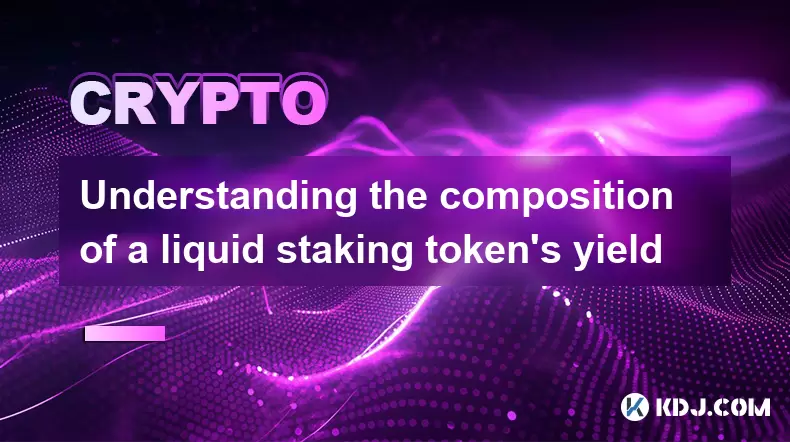
Understanding the composition of a liquid staking token's yield
Jul 20,2025 at 09:07am
What Is a Liquid Staking Token?A liquid staking token is a representative asset issued to users who stake their native cryptocurrency on a proof-of-st...
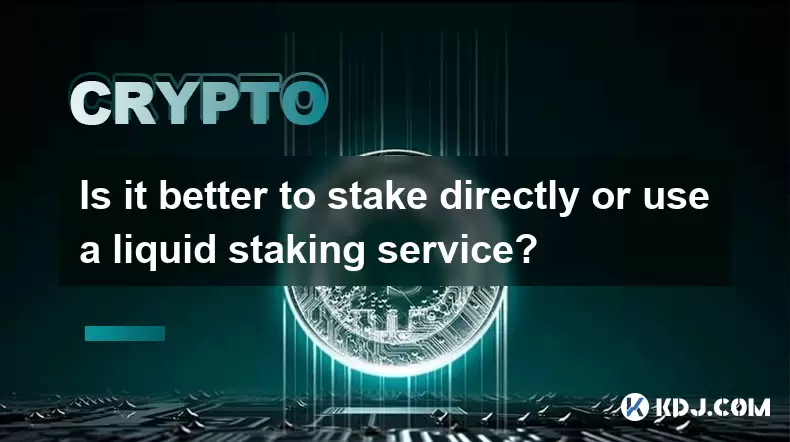
Is it better to stake directly or use a liquid staking service?
Jul 22,2025 at 08:21pm
Understanding the Basics of StakingStaking in the context of blockchain and cryptocurrency refers to the process of locking up digital assets to suppo...
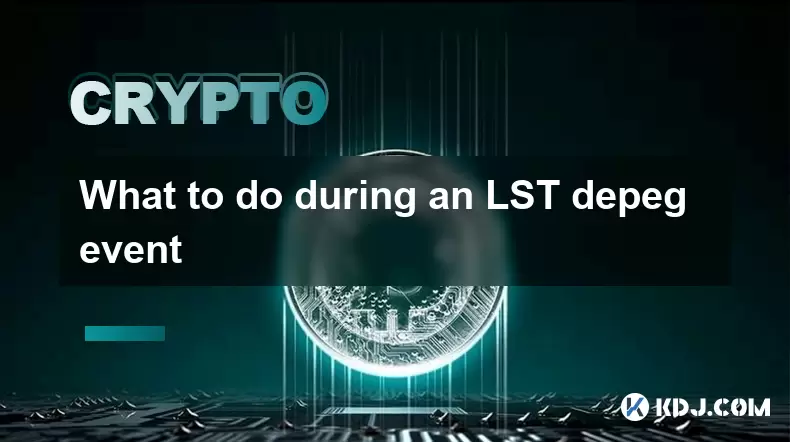
What to do during an LST depeg event
Jul 20,2025 at 04:57pm
Understanding LST Depeg EventsAn LST (Liquid Staking Token) depeg event occurs when the token, which is typically pegged to the value of the underlyin...
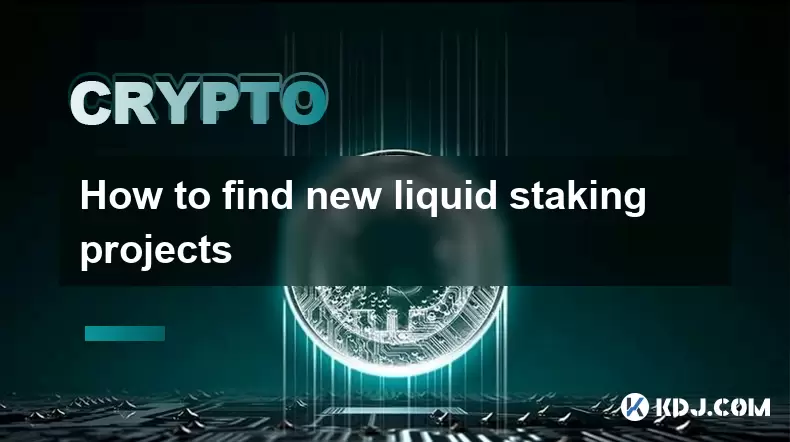
How to find new liquid staking projects
Jul 30,2025 at 01:14pm
Understanding Liquid Staking and Its ImportanceLiquid staking is a mechanism that allows users to stake their cryptocurrency assets while still mainta...
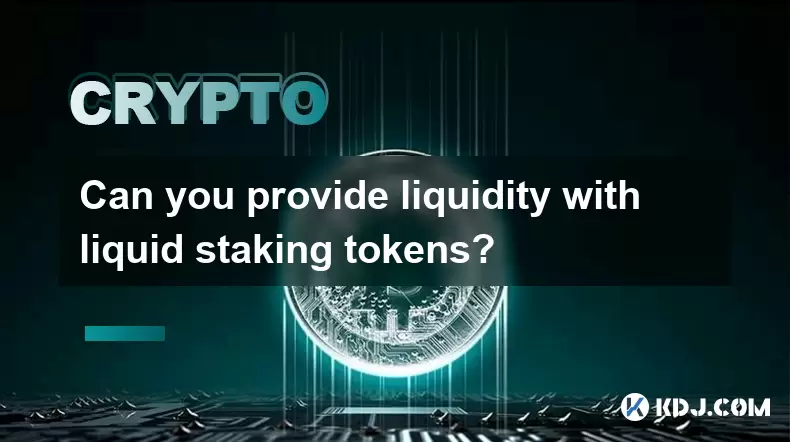
Can you provide liquidity with liquid staking tokens?
Jul 22,2025 at 10:22am
Understanding Liquid Staking TokensLiquid staking tokens (LSTs) are derivative tokens that represent staked assets on a proof-of-stake (PoS) blockchai...
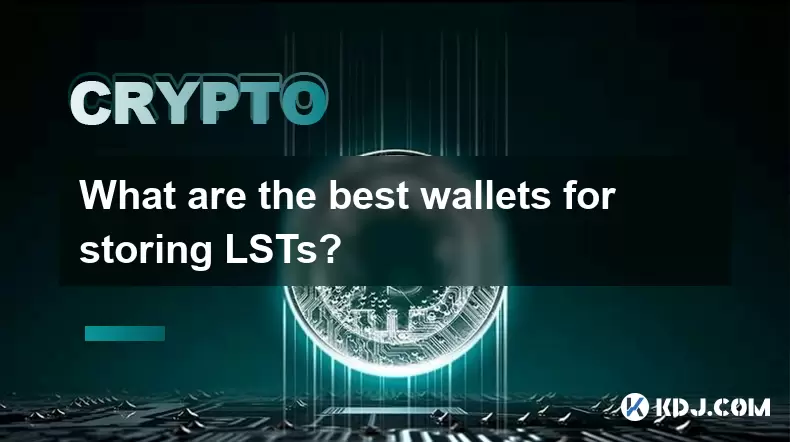
What are the best wallets for storing LSTs?
Jul 21,2025 at 03:14pm
Understanding LSTs and the Need for Secure StorageLSTs, or Liquid Staking Tokens, are derivative tokens representing staked assets on a blockchain. Wh...

Understanding the composition of a liquid staking token's yield
Jul 20,2025 at 09:07am
What Is a Liquid Staking Token?A liquid staking token is a representative asset issued to users who stake their native cryptocurrency on a proof-of-st...

Is it better to stake directly or use a liquid staking service?
Jul 22,2025 at 08:21pm
Understanding the Basics of StakingStaking in the context of blockchain and cryptocurrency refers to the process of locking up digital assets to suppo...

What to do during an LST depeg event
Jul 20,2025 at 04:57pm
Understanding LST Depeg EventsAn LST (Liquid Staking Token) depeg event occurs when the token, which is typically pegged to the value of the underlyin...

How to find new liquid staking projects
Jul 30,2025 at 01:14pm
Understanding Liquid Staking and Its ImportanceLiquid staking is a mechanism that allows users to stake their cryptocurrency assets while still mainta...

Can you provide liquidity with liquid staking tokens?
Jul 22,2025 at 10:22am
Understanding Liquid Staking TokensLiquid staking tokens (LSTs) are derivative tokens that represent staked assets on a proof-of-stake (PoS) blockchai...

What are the best wallets for storing LSTs?
Jul 21,2025 at 03:14pm
Understanding LSTs and the Need for Secure StorageLSTs, or Liquid Staking Tokens, are derivative tokens representing staked assets on a blockchain. Wh...
See all articles










































































